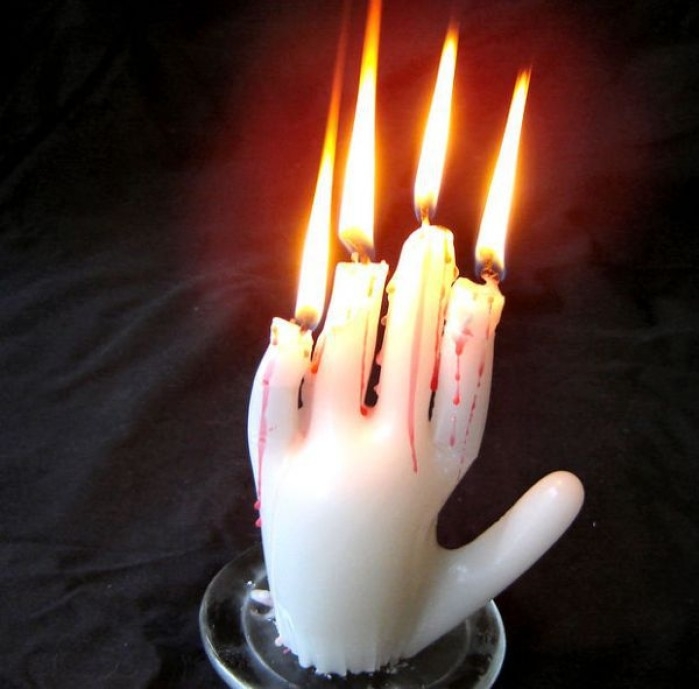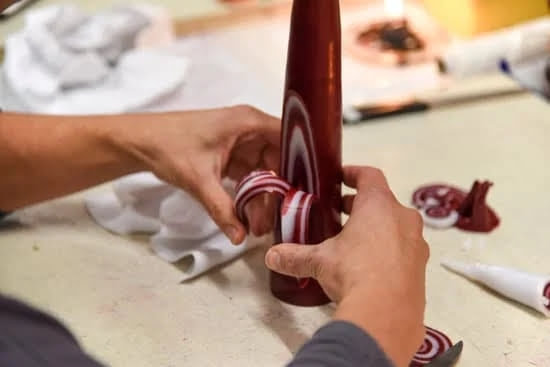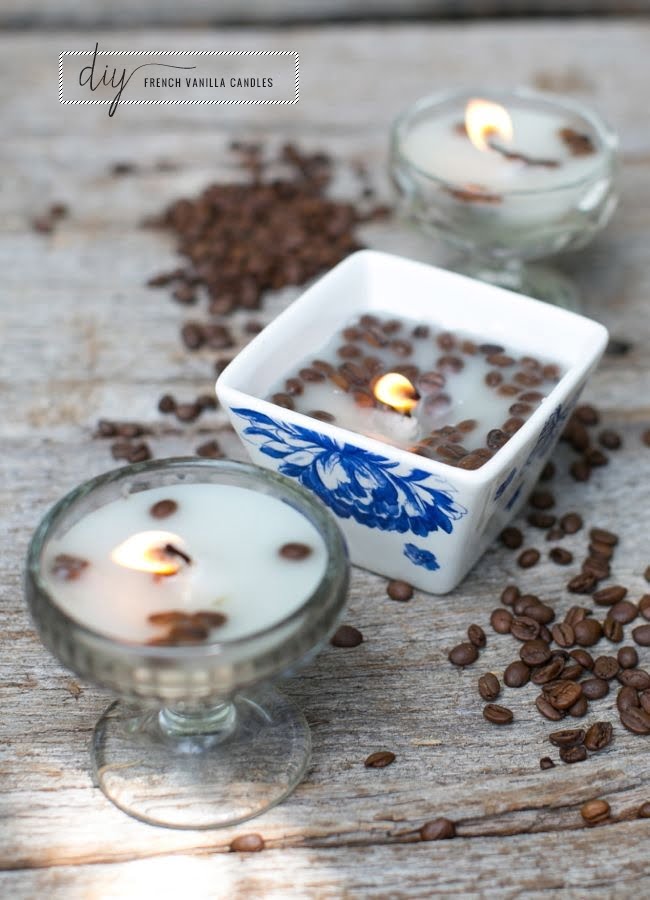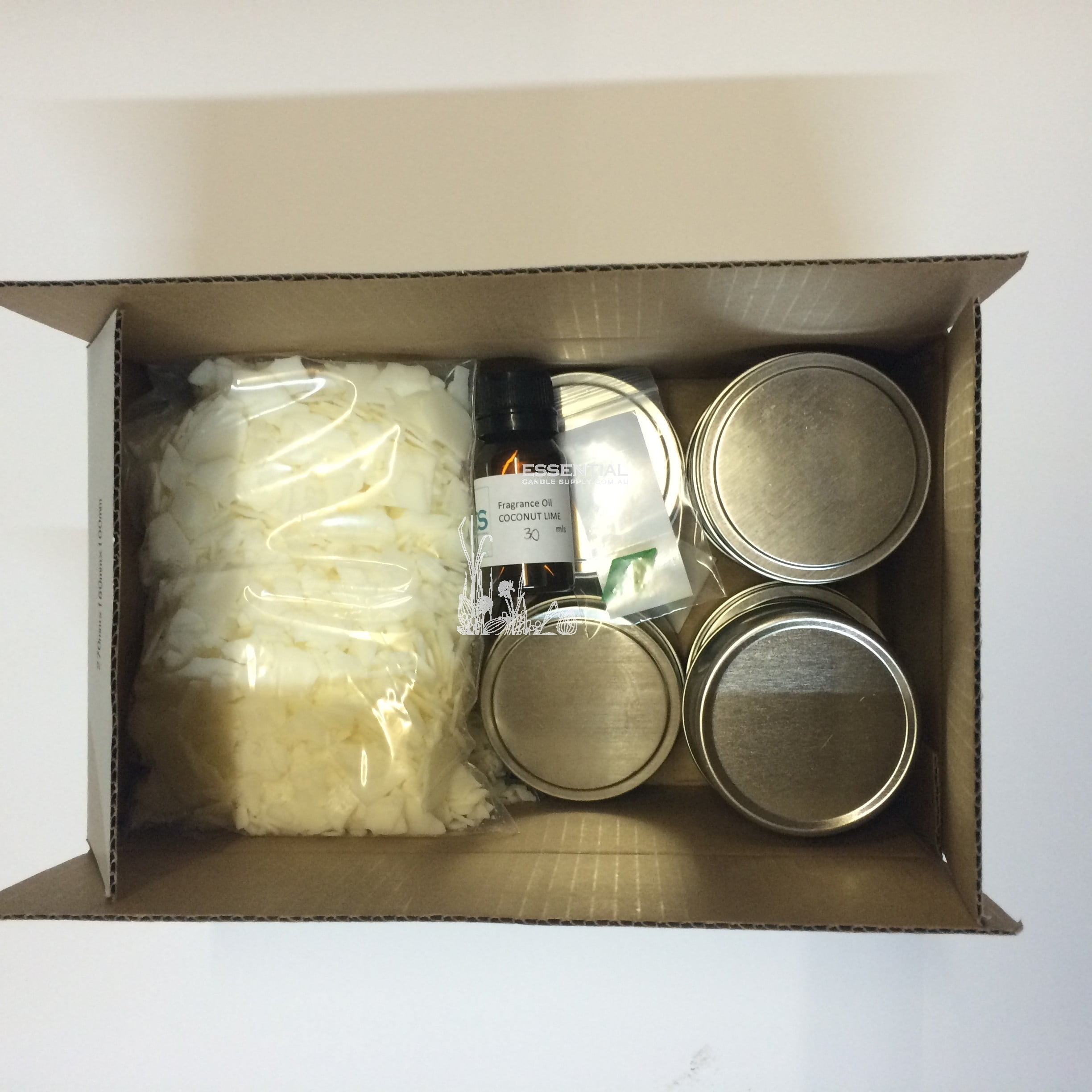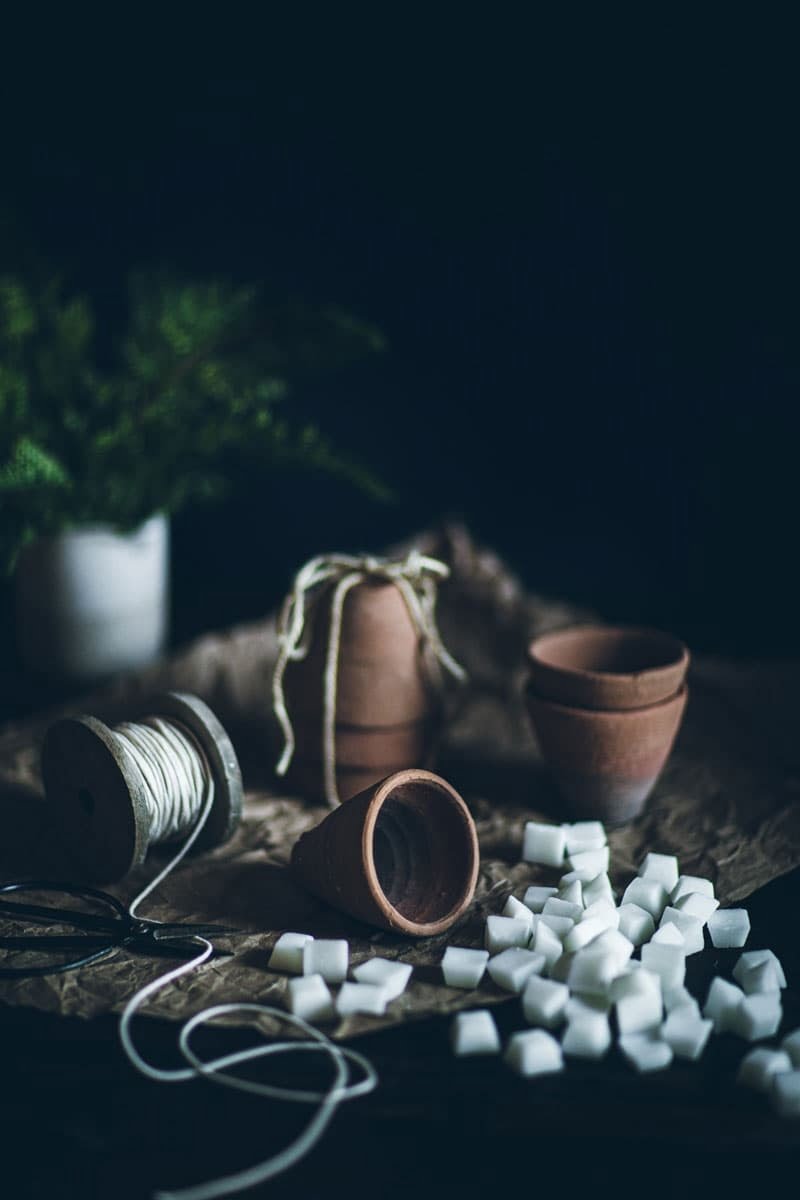Candle making melting temperature is a crucial aspect in the art of creating beautiful and long-lasting candles. Understanding the melting point of wax is key to achieving the desired results when crafting your own candles. Whether you are a beginner or an experienced candle maker, knowing how different types of wax behave at various temperatures can make a significant difference in the quality of your final product.
The melting temperature of wax plays a vital role in determining the burn time, scent throw, and overall performance of the candles you create. Different types of waxes have varying melting points, each affecting the characteristics of the finished candle. By familiarizing yourself with these melting points, you can optimize your candle-making process and produce candles that meet your expectations.
In this article, we will explore the importance of understanding melting temperature in candle making, examine the different types of wax and their melting points, discuss factors that can affect melting temperature, and provide best practices for safely melting wax. By mastering the art of candle making melting temperature, you can elevate your craft and create candles that captivate both visually and aromatically.
Importance of Understanding Melting Temperature in Candle Making
Benefits of Knowing the Melting Temperature in Candle Making
Understanding the melting temperature in candle making is crucial for several reasons. Firstly, knowing the melting point of the wax you are using will help you determine the proper temperature at which to heat it. Different types of wax have varying melting points, and heating them at the correct temperature ensures that they melt evenly and do not burn or scorch.
Additionally, understanding melting temperature is essential for achieving the desired consistency and texture of your candles. If the wax is not heated to the right temperature, it may result in uneven burning, poor scent throw, and even cracking or frosting of the candle. By mastering melting temperature, you can create high-quality candles that burn smoothly and evenly.
Moreover, knowing the melting temperature in candle making also helps prevent safety hazards. Heating wax at too high a temperature can lead to flammable conditions and potentially cause fires. On the other hand, heating it too low may result in incomplete melting or inadequate fragrance dispersion. By understanding and controlling the melting temperature, you ensure a safe and successful candle-making process.
The Role of Melting Temperature in Candle Design
In addition to safety and quality considerations, melting temperature also plays a significant role in candle design. For example, if you are creating layered candles or using different colors in your design, understanding melting points is crucial. By knowing how various waxes melt at different temperatures, you can plan your design accordingly to achieve crisp layers or vibrant color combinations.
Furthermore, some specialty waxes have specific melting points that make them ideal for certain types of candles. For instance, soy wax has a lower melting point compared to paraffin wax, making it suitable for container candles but less ideal for pillars or votives. By selecting waxes based on their melting temperatures, you can tailor your candle designs to suit their intended use and performance requirements.
Overall, understanding the role of melting temperature in candle making is essential for both beginners and experienced artisans alike. By mastering this fundamental aspect of the craft, you can elevate your candle-making skills and create beautiful candles that burn evenly, smell delightful, and enhance any space with their warm glow.
Different Types of Wax and Their Melting Points
When it comes to candle making, understanding the different types of wax and their melting points is crucial in achieving the perfect candle. Each type of wax has its own specific melting temperature, which can greatly impact the quality and consistency of your candles. By knowing and utilizing this information effectively, you can create candles that burn evenly, have a strong scent throw, and last longer.
Here are some common types of wax used in candle making along with their respective melting points:
- Paraffin Wax: Paraffin wax is one of the most popular choices for candle making due to its affordability and ease of use. It has a melting point range between 120°F to 160°F.
- Soy Wax: Soy wax is a natural alternative to paraffin wax and has gained popularity for its eco-friendly properties. It typically has a lower melting point around 110°F to 130°F.
- Beeswax: Beeswax is known for its natural honey scent and clean-burning properties. It has a higher melting point range between 145°F to 147°F.
Other types of waxes like palm wax, coconut wax, and gel wax also have their own unique melting points that should be taken into consideration when creating candles. It’s important to choose the right type of wax based on your desired outcome and understanding how each one behaves at different temperatures.
Factors such as additives, fragrance oils, colorants, and even the equipment used during the melting process can also affect the overall melting temperature of the wax. It’s essential to take these variables into account when determining the ideal melting temperature for your candles. By experimenting with different combinations and techniques, you can hone your skills in controlling the melting temperature for optimal results in your candle making endeavors.
Factors Affecting Melting Temperature in Candle Making
When it comes to candle making, the melting temperature of wax plays a crucial role in determining the quality and characteristics of the final product. Several factors can impact the melting temperature of wax, including the type of wax used, additives included in the formulation, and even environmental conditions during the melting process.
One significant factor that influences the melting temperature is the type of wax chosen for candle making. Different waxes have varying melting points, with soy wax typically having a lower melting temperature compared to paraffin wax. Beeswax, on the other hand, has a higher melting point, which can affect the burn time and fragrance throw of the candles. Understanding the characteristics of each type of wax and their respective melting points is essential for achieving desirable results in candle making.
Another factor to consider when it comes to melting temperature is the presence of additives in the wax formulation. Fragrance oils, colorants, and other additives can alter the melting point of wax, affecting how it performs during burning. It’s vital to follow recommended guidelines for adding these elements to ensure that they do not cause fluctuations in melting temperature that could compromise the quality of your candles.
| Type of Wax | Melting Point (°C) |
|---|---|
| Soy Wax | 46-54°C |
| Paraffin Wax | 47-65°C |
| Beeswax | 62-64°C |
Best Practices for Melting Wax Safely
When it comes to candle making, understanding the melting temperature of wax is crucial for achieving successful results. Not only does the right melting temperature ensure that your candles form properly, but it also affects their burn time and overall quality. To ensure a safe and effective candle making process, several best practices should be followed when melting wax.
One of the key best practices for safely melting wax is to use a double boiler or a dedicated wax melter. This method helps prevent the wax from reaching temperatures that are too high, which can be dangerous and also lead to discoloration or other issues with the finished candles. By using indirect heat to melt the wax, you can control the temperature more effectively and reduce the risk of accidents.
Another important best practice is to never leave melting wax unattended. It’s essential to monitor the temperature closely and stir the wax regularly to ensure even melting. Additionally, always follow the manufacturer’s guidelines for recommended melting temperatures for specific types of wax to achieve the best results in your candle making projects.
| Best Practices | Benefits |
|---|---|
| Use a double boiler or wax melter | Prevents overheating and ensures even melting |
| Avoid leaving melting wax unattended | Reduces risk of accidents and ensures proper monitoring of temperature |
| Follow recommended melting temperatures | Achieve optimal results based on wax type and quality |
Tips for Achieving the Right Melting Temperature for Your Candles
When it comes to creating beautiful and long-lasting candles, achieving the right melting temperature is crucial. The melting temperature of the wax you use plays a significant role in how well your candles will burn and hold their shape. By understanding the optimal melting temperature for different types of wax, you can ensure that your candles turn out just the way you want them.
Here are some tips for achieving the right melting temperature for your candles:
- Choose the right type of wax: Different types of wax have varying melting points. For example, soy wax typically melts at around 120-180 degrees Fahrenheit, while paraffin wax has a higher melting point of 130-150 degrees Fahrenheit. Be sure to select a wax that aligns with your desired candle-making goals.
- Use a thermometer: To accurately monitor the temperature of your melted wax, invest in a reliable thermometer designed for candle making. This will help prevent overheating or underheating, which can result in candles that do not burn evenly or properly.
- Heat slowly and evenly: When melting your wax, it’s important to heat it slowly and evenly to prevent scorching or burning. Use a double boiler or a dedicated wax melter to create a gentle heat source that won’t damage the quality of your wax.
By following these tips, you can achieve the ideal melting temperature for your candles and create stunning creations that will delight both yourself and others. Remember that practice makes perfect when it comes to mastering the art of candle making melting temperature.
Common Mistakes to Avoid When It Comes to Melting Temperature
When it comes to candle making, understanding and controlling the melting temperature of wax is crucial for creating high-quality candles. Making mistakes in this aspect can result in candles that don’t burn properly, have a poor scent throw, or even pose safety hazards. Here are some common mistakes to avoid when it comes to melting temperature in candle making.
Using the Wrong Type of Wax
One common mistake in candle making is using the wrong type of wax for the desired outcome. Different waxes have different melting temperatures, so it’s essential to choose the right wax for your specific needs.
For example, soy wax has a lower melting point compared to paraffin wax, which means it may not hold up well in hotter environments. Be sure to research the melting points of various waxes and select one that aligns with your intended use for the candles.
Heating Wax Too Quickly
Another mistake that beginners often make is heating the wax too quickly when melting it. Rapid heating can lead to uneven melting and may result in scorching or discoloration of the wax. It’s important to heat the wax slowly and steadily using a double boiler or a dedicated wax melter to ensure a smooth and consistent melt. This will also help prevent any potential fire hazards associated with overheating the wax.
Not Monitoring Temperature Closely
One of the most crucial steps in candle making is closely monitoring the temperature of the melted wax throughout the process. Failing to do so can lead to unexpected results, such as overheating or underheating the wax, which can affect the quality of your candles.
Invest in a reliable thermometer specifically designed for candle making and regularly check and adjust the temperature as needed to achieve optimal results. Remember, precision is key when it comes to mastering the art of candle making melting temperature.
Conclusion
In conclusion, mastering the art of candle making melting temperature is crucial for creating high-quality, long-lasting candles. Understanding the melting points of different types of wax is essential in achieving the desired results. Whether you are using paraffin wax, soy wax, beeswax, or any other type of wax, knowing the specific melting point will help you melt it properly and avoid any potential issues during the candle making process.
It is important to consider various factors that can affect melting temperature in candle making, such as the type of wax used, the presence of additives or fragrance oils, and even the environment in which you are working. By taking these factors into account and following best practices for melting wax safely, you can ensure a successful candle making experience every time.
By following tips for achieving the right melting temperature for your candles and avoiding common mistakes, you can take your candle making skills to the next level. Remember to always use a reliable thermometer, heat your wax slowly and evenly, and stir it regularly to prevent hot spots.
With practice and attention to detail, you can create beautiful candles with perfect consistency and burn quality. Mastering candle making melting temperature will not only enhance your craft but also bring joy to those who enjoy your handcrafted creations.
Frequently Asked Questions
What Temperature Do Candles Melt At?
Candles melt at different temperatures depending on the type of wax used. Typically, paraffin candles melt at around 99-120 degrees Fahrenheit, while soy candles have a lower melting point of about 95-100 degrees Fahrenheit.
What Is the Melting Point of Candle?
The melting point of a candle can vary based on its composition. For example, paraffin candles usually have a melting point between 99-120 degrees Fahrenheit, while beeswax candles have a higher melting point of around 145 degrees Fahrenheit.
What Degree Does a Candle Melt?
Candles generally start to melt once they reach a temperature slightly above their respective melting points. This could range from around 95 to 145 degrees Fahrenheit for different types of candles. It’s important to consider the composition of the candle when determining at what degree it will melt.

Welcome to my candle making blog! In this blog, I will be sharing my tips and tricks for making candles. I will also be sharing some of my favorite recipes.

